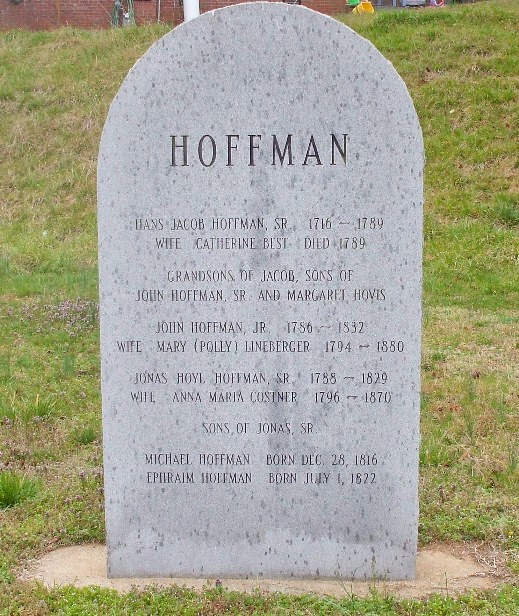Theodore Roosevelt, Sacajawea, and a Dinosaur!
By Stephanie Elliott
Oh wait, that was the plot of the movie “Night at the Museum”. Well, a typical day might not be that exciting at our museum, but it is still pretty interesting. Although I might be a little biased.
 |
| Image from imbd.com |
In all seriousness though, one of our goals here at the museum is to make history come alive for our visitors. We take the stories from our past and use exhibits to transport people back to that time and place to learn about what really happened.
You can do the same thing to. All it requires is taking the time to sit down with someone who has experienced something you never have and listening to them tell their story. It’s as simple as that. Now, if you right down that story you get bonus points! “But I have no idea how to do an oral history,” you say. It’s actually pretty easy and as long as you have a true desire to hear what the other person is telling you, you will do fine. So much of our history is lost because we don’t take the time stop and listen.
If you want to really do some research into how to do an oral history you can check out this great step-by-step guide here http://dohistory.org/on_your_own/toolkit/oralHistory.html#SEQUENCE or visit the Smithsonian site here http://www.folklife.si.edu/resources/pdf/interviewingguide.pdf. Some basic principles to go into it with are to let the person you are interviewing do most of talking (try not to interrupt them with another question until they have finished what they are talking about and don’t interject a lot of “mmhmm’s” and commentary of your own). Also, it is good to have a least a few questions written down ahead of time so you have some topics if the conversation comes to a stop. Lastly, it is good to conduct the interview in a quiet space that is comfortable for the person you are speaking with.









